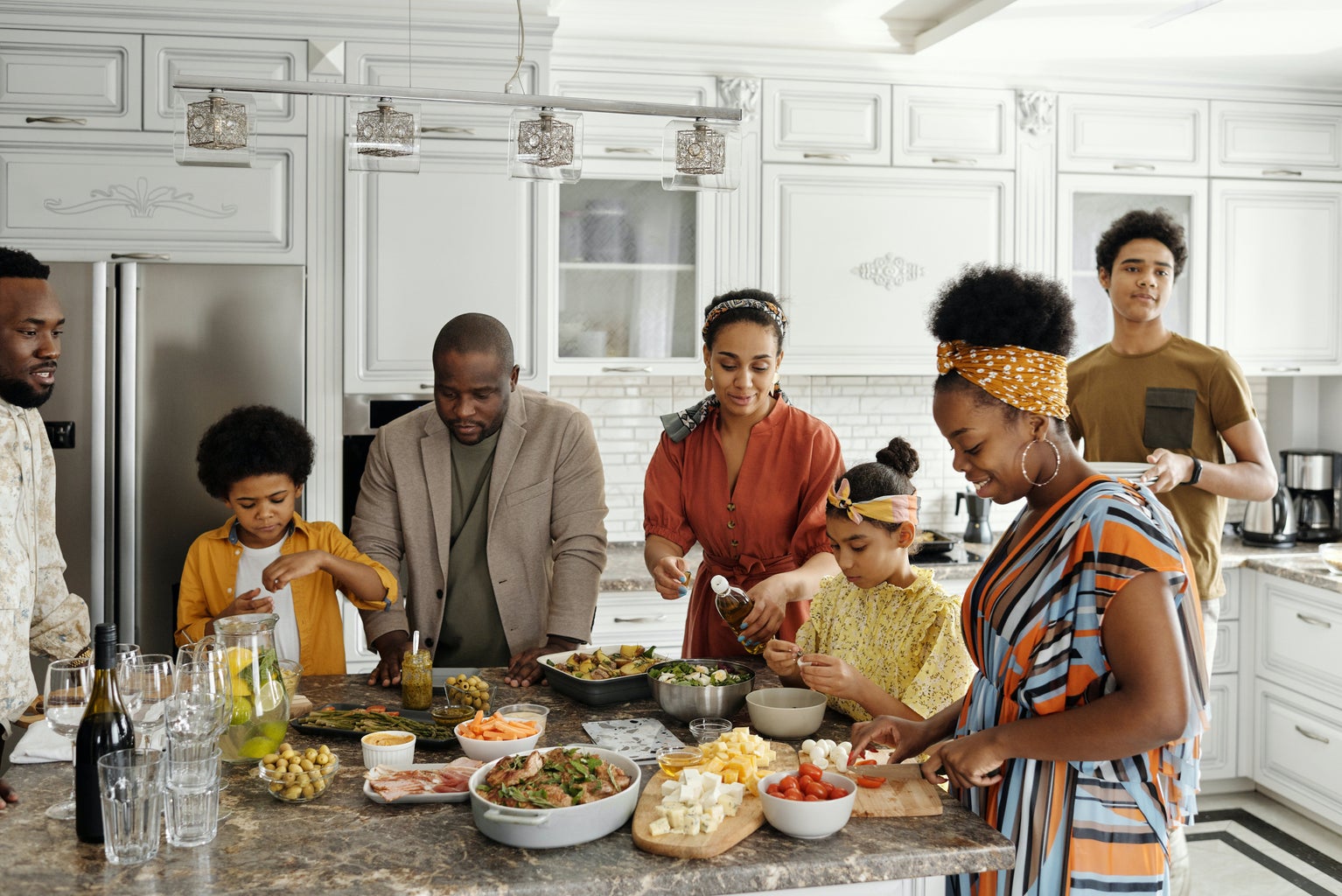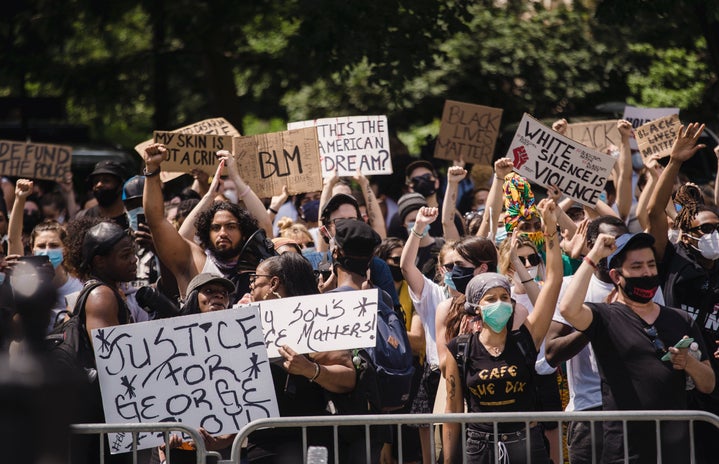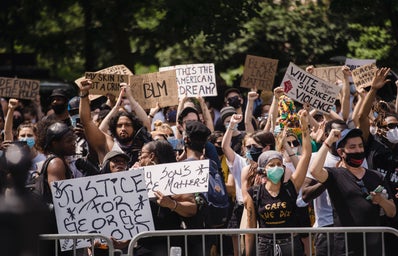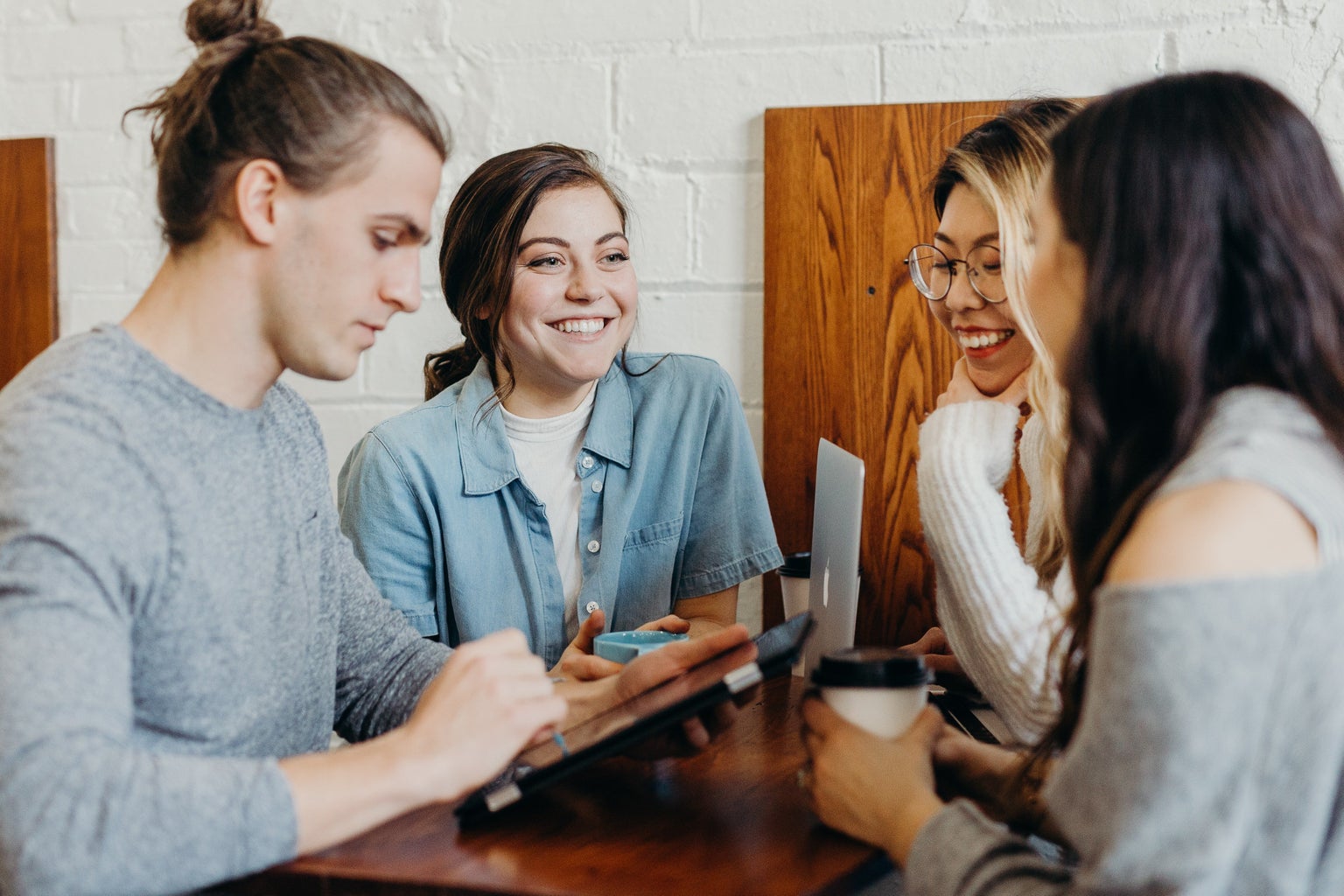You’ve probably watched it on the news, heard it on the radio, or seen your friends post about it on their Instagram stories. Since the start of the pandemic last year, the number of attacks against Asian Americans has spiked. In the past month, a slew of attacks in the Bay Area against Asian elderly occurred, leaving the Asian American community shaken and angry.
The statistics are shocking. 2,808 cases of hate crimes against Asian Americans have been reported between March of 2020 up until the end of the year. Of these reported cases, 7.3% of these crimes were done against Asian Americans over the age of 60. Just last month in San Francisco, 84-year-old Vicha Ratanapakdee was violently pushed to the ground while on a walk. He later passed away due to injuries.
As unfortunate as it is to admit, this isn’t the first time we’ve heard about minority groups facing mistreatment. But in response to these acts of hate and discrimination, we have seen amazing support across communities through the coordination of protests and marches. In 2020, The Black Lives Matter movement came by storm after the death of George Floyd, and countless others whose lives and futures were stolen by the hands of police.
But what about the tensions that arise between minority groups? It is a topic that seems to sit uneasy with the Asian American community, but something that needs to be talked about.
We first need to acknowledge the racism that is present within our own communities. Long-held hidden prejudices among our grandparents or even parents against other minority groups have made their way into our daily thinking and actions. Making joking remarks of others that reinforce stereotypes may seem harmless at the moment, but how long until we begin to believe these stereotypes are true?
Even within friend group conversations – throwing racial slurs around without thinking about its meaning or consequences – our mindset of “It’s okay because if I only use it with friends” cannot justify the absolute hatred and negativity that other minority groups experience because of these racially charged words.
We can face the internal racism that linger in the communities we identify with by educating ourselves and others about the struggles that other individuals face, and fully acknowledge the prejudice that often creeps its way into our thinking and actions. Topics like police brutality, the broken nature of the prison system, and the model minority myth are not things that come up in light conversations, and it is definitely hard to try to talk about them with those who disagree or refuse to listen.





